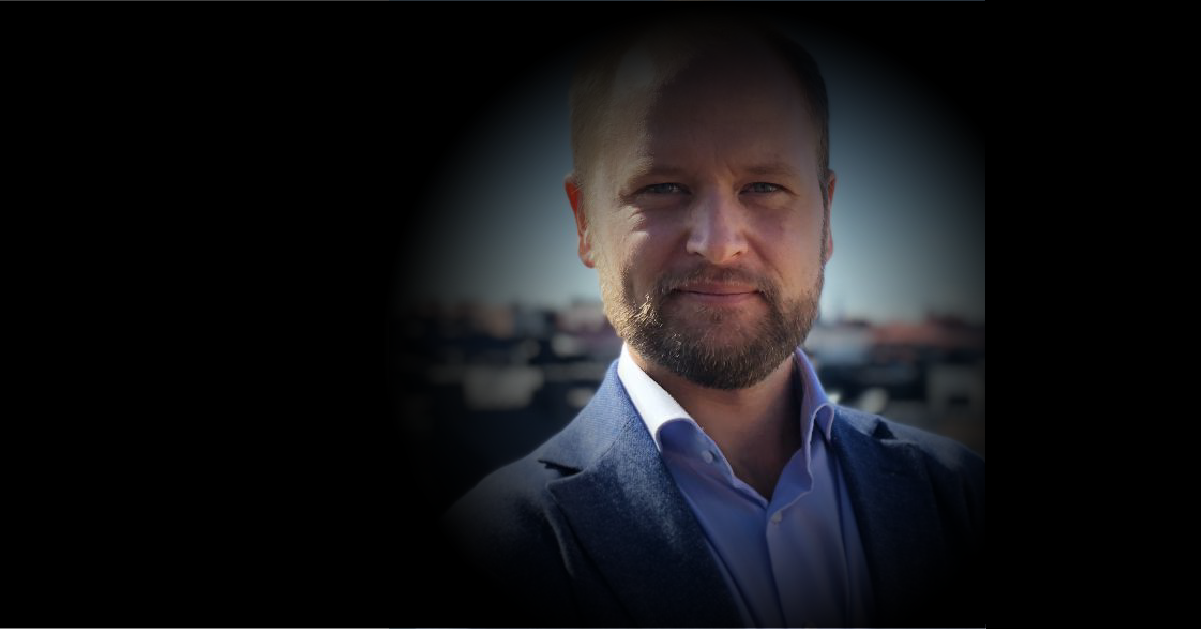With consumer behavior shifting rapidly, chief marketing officers (CMO) and customer experience (CX) executives are always in search of ways to help bridge organizations toward digital transformation and ensure their business remains competitive in today’s market.
Patrik Stoopendahl, Ph.D. Candidate & Business Anthropologist of consumer trends share a business anthropologist’s role in assisting CMOs and CX executives through culture construct and how consumer behavior is expected to change in a post-pandemic world.
The function of a business anthropologist has evolved over the years but essentially, it is the discipline of applying theories and methodologies of social anthropology to understand and investigate organizations and their ecosystems.
Integrating Culture Construct and Data in Consumer Behavior.
Business anthropologists have been around since the 1980s, but the role has changed significantly in today’s modern landscape. Could you elaborate on the roles you take as a business anthropologist in 2021?
The biggest change as a business anthropologist today is the need to work with multiple data sources. Previously, they would have to enter the marketplace with a qualitative culture and a critical-oriented perspective.
Today as an anthropologist, you need to be able to include many more different types of data to help businesses adopt a strategic mindset, an understanding of the business to create opportunities.
One other major change is the need to understand the relationships between humans and technology. Back in the 1980s, Lucy Suchman a social scientist who worked for Xerox (known as PARC then) hired business anthropologists to discover the company’s “Big Green Button“, the origin of the machine’s copier button.
This is the role of an anthropologist in the business world. To act as a broker between technology and humans and the way it works. In addition, to understand and broker the perspective of a marketeer, a CX director, or a CMO.
Has there been any pushback from companies or businesses that are stuck in their old ways and trying to adopt new technologies? And how do you bridge them?
There are two camps with how companies deal with emerging technology.
You either have companies dealing with it head-on or try to implement as many new technologies as possible. Or, as some retailers in Europe have done, pick and choose specific technologies and digital transformation into their business, based on the consumers’ wants and behaviors.
However, by adapting too much new tech into your business, you will end up with a lot of apps and digital functionality that are never used.
As such, retailers do not have to necessarily give the consumer a hundred different digital options. Instead, focus on what should be your “Big Green Button”, and make the process smooth for the consumer.
By doing that, you can then create business opportunities and satisfy more customers.
Culture construct is a key element in business anthropology. What are the key benefits of a cultural construct for marketers and how should CMOs and CX Directors integrate it into their organization?
To include the idea of culture construct, or to even think about customers and their culture, can be a challenge.
As a marketer, to think about cultural construct, you need to approach it with two thoughts. You need to think about the consumers and your organization being in the cultural setting because, for the retailer, the marketplace is also a cultural setting.
When you adopt that mindset, of placing your company in a cultural setting, you will enable yourself to become more dynamic in your way of thinking. Allowing you to dare to be a bit more intuitive in your choices when it comes to business decisions.
However, there is currently a culture clash in the marketplace between being data-driven and adopting a qualitative approach.
In retailing today, the current global phenomenon is to be data-driven. The need to collect data to find solutions, to help with decisions, and the strategic approach to move forward as a retailer should always be data-driven.
There are reports that mention the need for both approaches, adopting a qualitative culture setting and being data-driven. The reason is, that as your department of data analysis grows and becomes more important, the anthropologist aspect needs to grow at the same rate to maintain balance.
Otherwise, you will end up with blunt instruments whereby the consumer experience will not be as optimized as it could be, especially when you’re trying to build a connection to your brand.
Talking about data and its technologies, how do you feel about the state of data analytics and how much data is available to businesses?
As part of the Ph.D. research that I am conducting, I have managed to spend one year in the field in 2020 during the pandemic to study 10 consumers and their customer journey.
With so much of the consumer behavior placed on the smartphone or tablet, I partnered up with RealityMine, a permission-based data collection company in England, to keep track of the consumer’s behaviors through those devices.
During a full month, I was able to see the commercial behaviors of consumers in addition to interviews and observations I have conducted. And when you sit with that much data, you become very humbled, with understanding how people behave on their phones and the insights that you can draw for CMO and CX directors.
The obvious one is that content is still too sparse, as consumers today want so much information, either to read up on or watch through videos. And while content has been abundant, from the consumer’s perspective it is still too little that is relevant to their interests.
From the retailer’s perspective, we understand the customer journey and the actual purchase decision moment, more known as the “Zero Moment of Truth”. We know a lot about how to reach consumer satisfaction because there is so much research about it.
However, there is almost no information on the post-consumer phase. And if we come to the issues of sustainability, which is a major topic in Europe, we know very little about sustainable consumer behavior with how people purchase online and digital purchasing behavior.
The Change in Consumer Behavior
2020 has seen seismic shifts in consumer behavior as more and more are embracing digital channels. How do you see consumer behavior change (or remain) in 2021?
The obvious behavior that will change is when consumers are freed from restriction, which will see a massive amount of consumption for experiences.
During the pandemic, we had a massive rise in the consumption of products from categories that are related to the home. Industries such as furnishing, gardening, decoration, and retailing, companies within those industries have reaped economic gains during the pandemic.
Assuming that we eventually beat the virus through the increase of vaccination. When people are allowed to go out, the service industry will grow from it. As a retailer, you would need to consider the post-purchase effect and the services you can connect to the consumers.
If you were to keep sending discount coupons based on data analysis that you bought in 2020, you’re going to lose in that race. You will need to get innovative and service-focused in 2021. That is the major adaption you need to prepare for the changing consumer behavior.
Given the surge in consumption that will happen in 2021, are businesses afraid or prepared for the rapid changes in consumer behavior?
The mindset in organizations today is quick to adjust to the rapid changes in consumer behavior. However, when it comes to infrastructure, the process, and the divisions, that will be much slower.
Nevertheless, we have had companies in Sweden who were successful in responding to the sudden change in consumer behavior. They shifted their internal organizational structure to be able to quickly focus on developing the necessary processes that they had in the pipeline for eCommerce.
For me, the most successful companies are the ones that have organizational flexibility. And the companies that I interviewed were still very administrative and inflexible, they were kind of pulling their hair in trying to respond to the rapid changes in the market.
Think fast, act fast. You cannot only do one of them. You need to do both.
And of course, you will be making some people upset in the process, but that is the name of the game. When you have to move from a long-term, strategic customer experience perspective into a very hardcore data-driven, sales-driven, and tech-focused phase, you will see people struggle with that change.



































